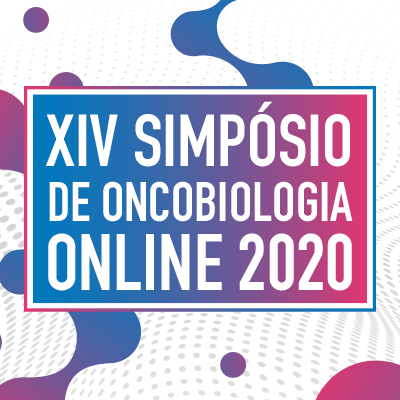Proceedings of Oncobiology Symposiums
Proceedings of XIV Oncobiology Symposium
BRCA1 PHOSPHORYLATION PROMOTES PALB2 BINDING
How to cite this paper?
To cite this paper use one of the standards below:
How to cite this paper?
INTRODUCTION AND OBJECTIVES: Germline mutations in the tumor suppressor gene BRCA1 correspond to the vast majority of hereditary breast and ovarian cancers. BRCA1 protein plays a key role in the genomic integrity maintenance through the homologous recombination (HR)-mediated error-free DNA repair pathway. Mechanistically, BRCA1 orchestrates two crucial steps of HR: First, BRCA1 controls the DNA end resection process leading DNA repair to HR signaling. Then, BRCA1 recruits PALB2 to the DNA damaged sites through a strikingly fine-tuned direct interaction mediated by theirs coiled-coil domains. This interaction was shown to be regulated in a cell cycle and DNA damage-dependent manner by post-translational modifications in PALB2, such as ATM/ATR and CDKs-mediated phosphorylation, but the mechanisms underlying these association are not fully understood. Interestingly, since the 90’s is known that ATM/ATR and CDKs-mediated BRCA1 phosphorylation is pivotal to HR repair, however it is not clear their mechanistic role. As some of these modifications occur near to PALB2-interacting region, we sought to evaluate the putative role of BRCA1 phosphorylation in modulating PALB2 association. MATERIAL AND METHODS: BRCA1 phosphomimetic mutants were generated by site-directed mutagenesis - serine residues target by ATM/ATR or CDKs were replaced by alanine or glutamic acid (mimicking a dominant negative mutant or a constitutive phosphorylated one, respectively). Using different C-terminal fragments of BRCA1 and the N-terminal region of PALB2, we evaluated BRCA1/PALB2 association by GST pulldown approach in HEK293FT cells overexpressing mutant proteins. RESULTS AND CONCLUSION: Here, we uncover a mechanistic role for ATM/ATR-mediated BRCA1 phosphorylation. Our data suggest that while the mutation of a CDK site in BRCA1 has no visible impact in PALB2 association, the region harboring the ATM/ATR sites nearby the BRCA1 coiled-coil domain is necessary to fully promotes BRCA1-PALB2 interaction. A single mutation of a serine residue (to an alanine) targeted by ATM/ATR in BRCA1 is sufficient to induce a decrease in BRCA1-PALB2 association, which seems to be enhanced by the combined mutation of two ATM/ATR-target sites. We were able to show this phenomenon in non-irradiated and irradiated cells. Further analysis demonstrated that the BRCA1 double mutant (dominant negative) is deficient in binding PALB2 independently of PALB2 phosphorylation status at serine 59 (an ATR target). Finally, the BRCA1-PALB2 interaction was shown compromised following phosphatase treatment. Notably, a BRCA1 phosphomimetic double mutant (serine residues to glutamic acid ones) was capable of sustain PALB2 interaction more efficiently than the wild type protein. Taken together, these results shed new light on the mechanistic role of ATM/ATR-mediated BRCA1 phosphorylation in the HR pathway and, therefore, has implications in genomic integrity maintenance and cancer knowledge.
- 1 INCA, Pesquisa Clínica
- 2 INCA / Pesquisa Clínica / Rio de Janeiro - Brasil
- 3 H. Lee Moffitt Cancer Center & Research Institute
- 4 IFRJ and INCA, Pesquisa Clínica
- Molecular Biology
Streamline your Scholarly Event
With nearly 200,000 papers published, Galoá empowers scholars to share and discover cutting-edge research through our streamlined and accessible academic publishing platform.
Learn more about our products:
How to cite this proceedings?
This proceedings is identified by a DOI , for use in citations or bibliographic references. Attention: this is not a DOI for the paper and as such cannot be used in Lattes to identify a particular work.
Check the link "How to cite" in the paper's page, to see how to properly cite the paper

